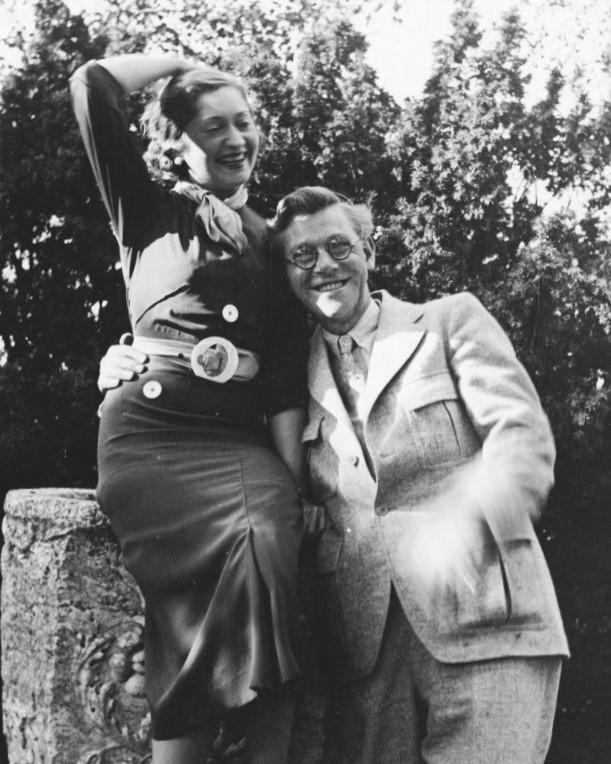Maxa NORDAU
January 3, 2019Isaac PAÏLES
January 3, 2019Félicia PACANOWSKA
LODZ (POLAND) 1907 – PARIS 2002
Félicia Pacanowska grew up in Lodz in a family of artists. Her mother was a sculptor and her brother became a brilliant architect in Italy. Félicia started her education at the School of Fine Arts in Warsaw, where she studied painting and engraving. She arrived in Paris in 1932. In 1935, she traveled to England and to Italy, where she studied sculpture at the School of Fine Arts and at the Scuola dell’Arte della Medaglia in Rome. Between 1935 and 1937, Félicia Pacanowska returned to Lodz, where she made friends with poet Moyshe Broderzon and painted his portrait. Back in Paris in 1937, she spent the Occupation hidden in very difficult conditions and avoided the 1942 roundups. After the war, she visited Rome numerous times. At that time, she produced many paintings, including those of Chil Aronson and Ernest Nameyni. In 1954, she was awarded the Viarrego prize. In 1956, Félicia Pacanowska was awarded the Modigliani drawing prize in Livorno. Two years later, she became a member of the jury at the Salon d’Automne and the Salon Comparaison. In 1962, the Musée National d’Art Moderne and the National Library in Paris acquired several works by Félicia Pacanowska.
Stories of Jewish Artists of the School of Paris 1905-1939
FRENCH-ENGLISH
Capitale des arts, le Paris des années 1905-1939 attire les artistes du monde entier. De cette période de foisonnement, un terme est resté, celui d'Ecole de Paris, qui recouvre une grande diversité d'expression artistique. Dans ce brassage dont Montparnasse est le creuset, un groupe se distingue : celui des artistes juifs venus de Russie, de Pologne et d'Europe centrale. Si leurs styles sont variés, un destin commun les rassemble : ils fuient l'antisémitisme de leur pays d'origine. Certains ont connu la célébrité dès les années 1920, tels Soutine, Lipchitz ou Chagall. D'autres n'ont pas eu le temps ou la chance d'y accéder. Près de la moitié a péri dans les camps de concentration nazis.
From 1905 to 1939, Paris attracted artists from all over the globe as the capital of the art world. This period of artistic proliferation became known as the School of Paris, and includes a great diversity of artistic expression. Within the teeming art world centred on Montparnasse, one group set itself apart: Jewish artists from Russia, Poland, and Central Europe. Although their styles were diverse, they shared the common fate of fleeing anti-Semitic persecutions in their home countries. Some became famous in the 1920s, such as Soutine, Lipchitz, and Chagall, while others did not have the time or the luck to gain renown. Nearly half of these artists died in Nazi concentration camps.





